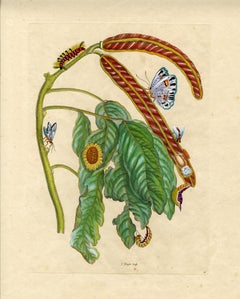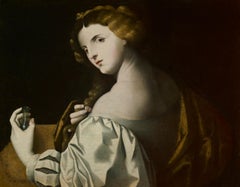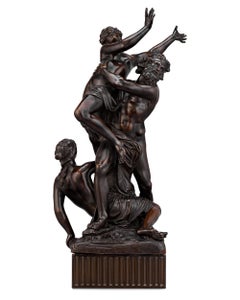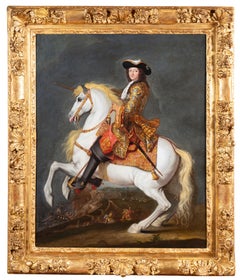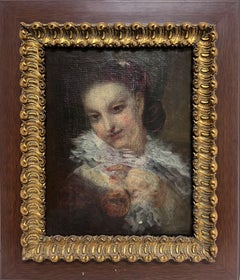18th Century and Earlier Art
Naturalistic 18th Century and Earlier Art
Watercolor, Engraving
Old Masters 18th Century and Earlier Art
Canvas, Oil
Naturalistic 18th Century and Earlier Art
Engraving, Mezzotint
Baroque 18th Century and Earlier Art
Bronze
Old Masters 18th Century and Earlier Art
Canvas, Oil
Rococo 18th Century and Earlier Art
Oil
Other Art Style 18th Century and Earlier Art
Oil
Naturalistic 18th Century and Earlier Art
Engraving, Mezzotint
Naturalistic 18th Century and Earlier Art
Chalk, Laid Paper, Pencil, Graphite
Old Masters 18th Century and Earlier Art
Canvas, Oil
Old Masters 18th Century and Earlier Art
Laid Paper, Etching
Old Masters 18th Century and Earlier Art
Oil
Old Masters 18th Century and Earlier Art
Oil
Old Masters 18th Century and Earlier Art
Canvas, Oil
Old Masters 18th Century and Earlier Art
Oil
Old Masters 18th Century and Earlier Art
Ink, Watercolor, Archival Paper
Italian School 18th Century and Earlier Art
Ink, Handmade Paper
Other Art Style 18th Century and Earlier Art
Oil
Old Masters 18th Century and Earlier Art
Oil
Realist 18th Century and Earlier Art
Canvas, Wood, Oil
Old Masters 18th Century and Earlier Art
Oil
Naturalistic 18th Century and Earlier Art
Engraving, Mezzotint
Naturalistic 18th Century and Earlier Art
Engraving, Etching
Old Masters 18th Century and Earlier Art
Canvas, Oil, Wood Panel
Old Masters 18th Century and Earlier Art
Poplar, Oil
Old Masters 18th Century and Earlier Art
Oil
Naturalistic 18th Century and Earlier Art
Engraving, Mezzotint
Northern Renaissance 18th Century and Earlier Art
Engraving
Northern Renaissance 18th Century and Earlier Art
Laid Paper, Engraving
Baroque 18th Century and Earlier Art
Pencil, Paper
Naturalistic 18th Century and Earlier Art
Oil, Laid Paper
Old Masters 18th Century and Earlier Art
Canvas, Oil
Old Masters 18th Century and Earlier Art
Chalk, Laid Paper
Old Masters 18th Century and Earlier Art
Parchment Paper, Oil, Wood Panel
18th Century and Earlier Art
Etching
18th Century and Earlier Art
Canvas, Oil
Old Masters 18th Century and Earlier Art
Ink, Watercolor, Archival Paper
18th Century and Earlier Art
Etching
Old Masters 18th Century and Earlier Art
Oak, Oil, Wood Panel
Old Masters 18th Century and Earlier Art
Canvas, Oil
Old Masters 18th Century and Earlier Art
Watercolor, Pencil
18th Century and Earlier Art
Canvas, Oil
Old Masters 18th Century and Earlier Art
Engraving, Laid Paper
Naturalistic 18th Century and Earlier Art
Engraving, Etching, Aquatint
18th Century and Earlier Art
Alabaster
Old Masters 18th Century and Earlier Art
Oil
Old Masters 18th Century and Earlier Art
Oil
18th Century and Earlier Art
Wood
Mannerist 18th Century and Earlier Art
Oil, Panel
18th Century and Earlier Art
Canvas, Oil
Flemish School 18th Century and Earlier Art
Oil, Wood Panel
Rococo 18th Century and Earlier Art
Canvas, Oil
18th Century and Earlier Art
Oil
18th Century and Earlier Art
Canvas, Oil
Other Art Style 18th Century and Earlier Art
Engraving
Old Masters 18th Century and Earlier Art
Etching
Baroque 18th Century and Earlier Art
Canvas, Oil
Old Masters 18th Century and Earlier Art
Canvas, Oil
Old Masters 18th Century and Earlier Art
Oil
18th Century and Earlier Art
Engraving
